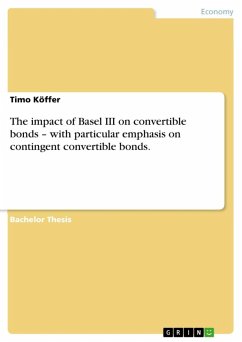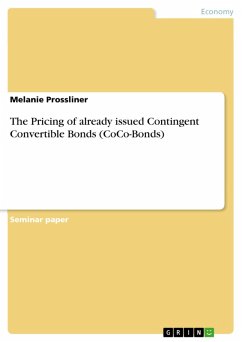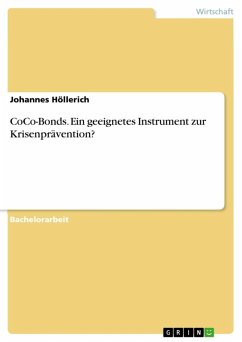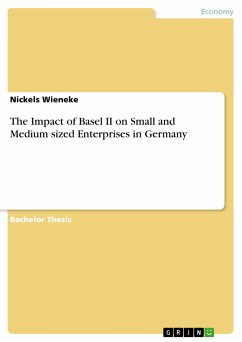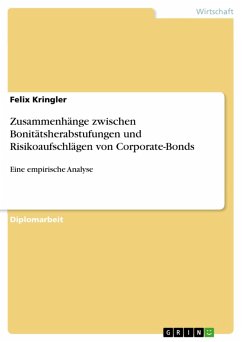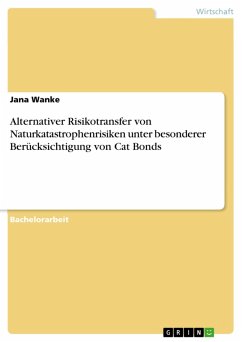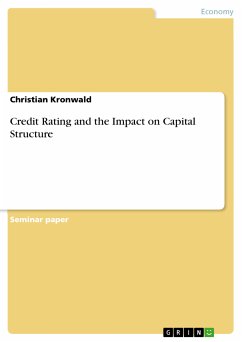Bachelor Thesis from the year 2013 in the subject Business economics - Banking, Stock Exchanges, Insurance, Accounting, grade: 2,3, University of Cooperative Education, language: English, abstract: Many banks contributed through their high-risk business models to the financial crisis in 2007. The financial crisis has shown that for a bank's solvency it is not only the amount of equity that is important, but also significantly the quality of equity. In particular hybrid capital was not used to a sufficient extent to absorb losses, although it is partially core capital under Basel II. Because of this the Basel Committee on Banking Supervision decided in December 2010 on new capital- and liquidity rules for banks (''Basel III framework''). The Basel III framework implemented the regulatory requirements to strengthen the financial system. In particular the qualitative requirements were raised for core capital. Under these new regulations core capital is crucial, because it can fully and immediately be claimed for losses. The old forms of hybrid capital will be recognized in regulatory capital to a lesser extent in the future. This has implications especially for subordinated bonds. The aim is to involve subordinated creditors and equity investors in the recovery phase in the cost of crisis management. The new capital requirements mean major structural changes for the banks, because the comparatively cheap hybrid capital must be replaced by capital of higher quality. A new form of hybrid capital have emerged, so called contingent convertible bonds(CoCos), a fixed-income security which is a capital buffer for a bank in financial distress and so could be attributed to regulatory equity capital. This hybrid capital is in the form of a mandatory convertible bond, which can contribute to making up for losses such as equity in the event of a crisis. In order to meet the new regulatory requirements, many banks are considering the advantages of CoCos. Therefore this thesis attempts to answer the question of how CoCos differ from convertible bonds, and how these instruments are suitable for contributing as core capital under Basel III. The place ability of CoCos and the challenges resulting from their use are discussed in this thesis. Based on the different design options for a coco bond, the most sensible will be determined and put into practice. So far it is a mainly theoretical issue with little empirical evidence, so the thesis will explain and evaluate the various theoretical aspects. Overall a comprehensive picture of the impacts resulting from the new capital definition will be created.
